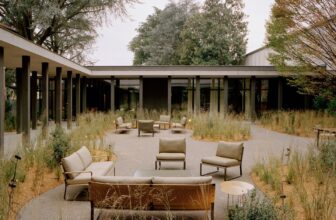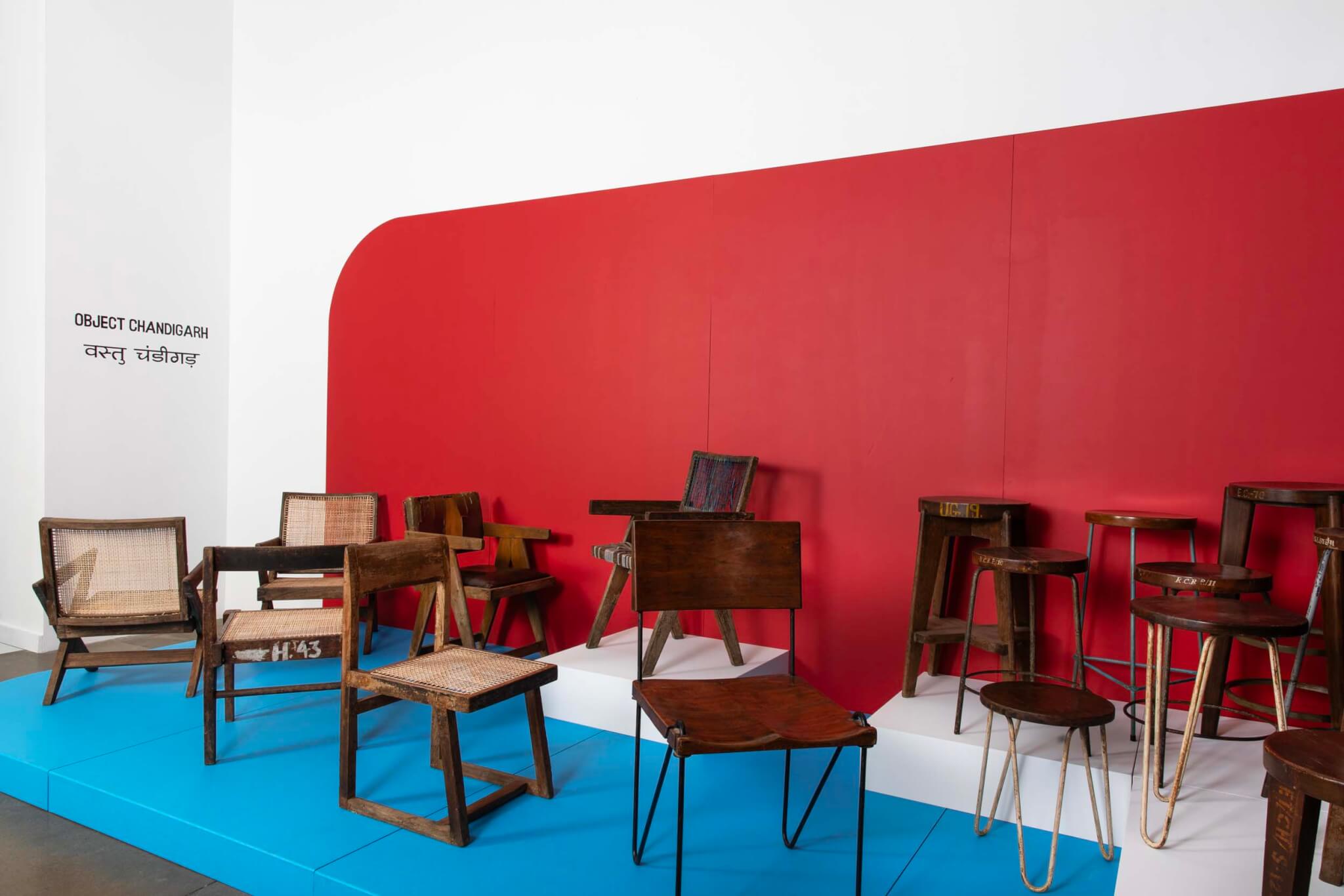
[ad_1]
Perhaps the most iconic example of place-specific furniture, the Barcelona Chair was originally designed by Mies van der Rohe for the King and Queen of Spain, but it is now part of the eponymous pavilion. It’s been a long time since I went beyond the boundaries. Less known, and perhaps more popular, is furniture from another romantic city. Object ChandigarhA new book and exhibition presents furniture selected from rare success stories of master-planned modernist metropolises. Collected over several years by furniture dealer George Gilpin, most of the works featured in this book are on display at Patrick Parrish’s namesake gallery in Tribeca, and this exhibit is the last in the space. It became an exhibition. Parrish recently announced it would close the street. Tribeca’s – Rebel Gallery moved to Brooklyn Navy Yard.

A short preface to this coffee table book tells more or less the backstory of how this city came to be. Former NihiroPrime Minister Jawaharlal Nehru envisioned “a new town, unfettered by the traditions of the past, a symbol of India’s freedom and an expression of the people’s faith in the future.” The rest is history. Le Corbusier is credited with his ambitious plans, picking up where American architect and planner Albert Mayer left off, and with numerous administrative buildings and sculptures throughout the city.
The architect entrusted much of the actual implementation of the plan to his cousin Pierre Jeanneret, who spent ten years implementing it in the city, from the design of several buildings to the complete furnishings. I spent time supervising it. His mansion was later converted into a residential museum.
Object Chandigarh It features a selection of approximately 50 original furniture designs, mostly chairs, including a distinctive series of chairs with saw-like legs similar to those designed by Jeanneret for Knoll. Some feature hairpin legs and are now his MCM abbreviation. Truth to the material is paramount. Each chair and stool is made in a local workshop using a material palette of teak and steel, as well as several upholstered and caned pieces, caseware, executive desks and floor lamps by Charles Edouard himself. Made.
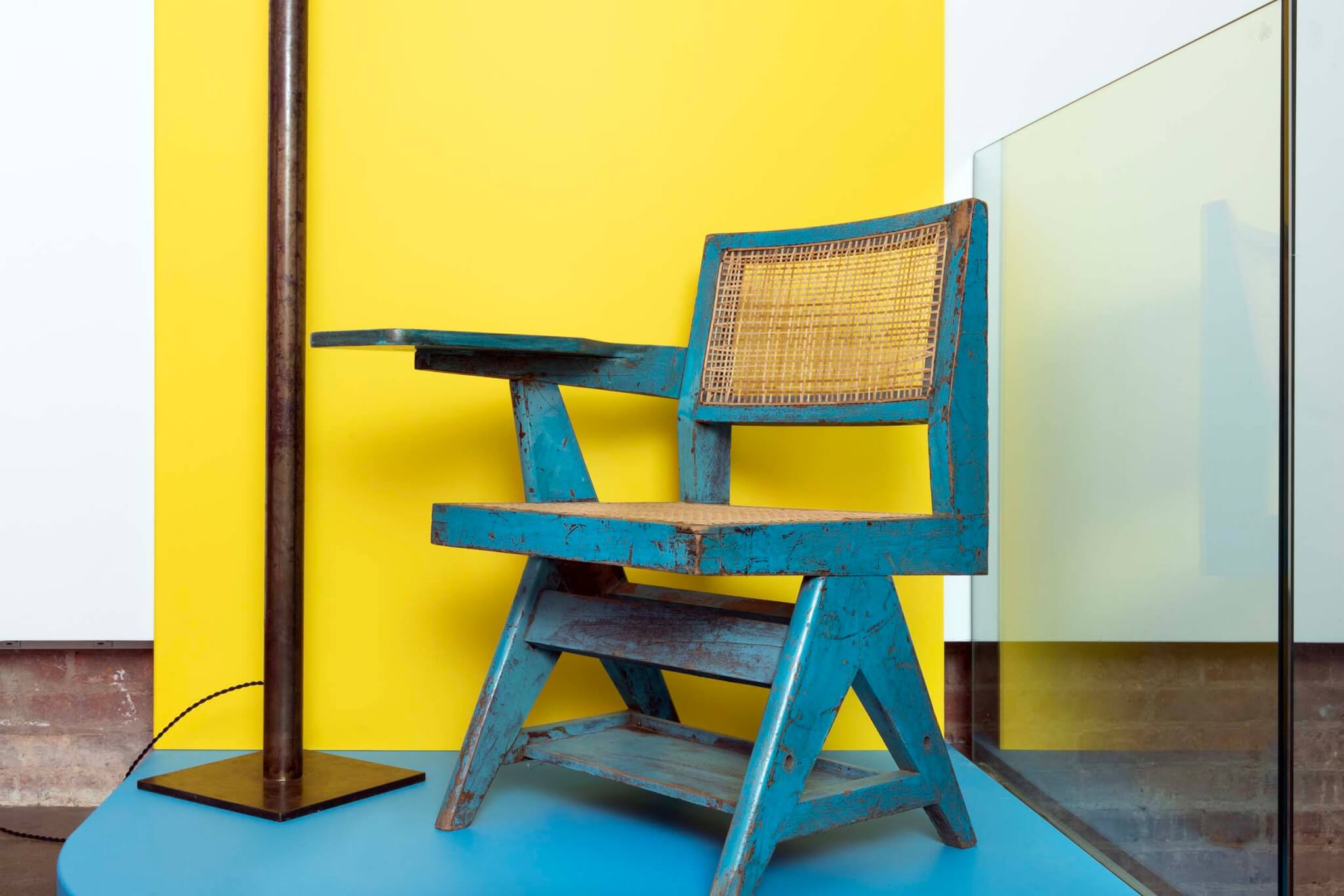
But do they deserve to be designated as a “Beautiful City”? (Chandigarh’s nickname comes from the Belle Époque City Beautiful movement.) Beloved but also undeniably charming Regardless, it’s a matter of preference. As fossilized modernism of a distinguished vintage, they are importable relics of faded dreams of something better. Exoticism of Indian origin is strongly reflected here. Most of the works date from his mid-to-late fifties, nearing or past retirement age, making him roughly the same age as Corb when he designed Chandigarh. No matter how tenuous the connection between the scale of Nehru’s vision and the works on display, it is precisely the traces of their use that give them such a convincing aura.
But their hard-earned patina, which author Simon Andrews flamboyantly praises in the short essay introducing the book, somehow belies their provenance. Battered but intact and restored to near working order, there’s a good chance you’ll be lucky to find one of these pieces at a flea market. Gilpin, a New York-based furniture dealer, hints as much in a Medium post, although he is not listed in print. The origin is not obvious at first glance. Their relative obscurity may have contributed to his reputation as an IYKYK touchstone for collectors, and the book deliberately removes their context, photographing them uniformly against a flat white background. Presented with individual tables and chairs. artwork With almost creepy detailed shots. Only a series of Chandigarh cityscapes at the end of the book hint at its storied history.
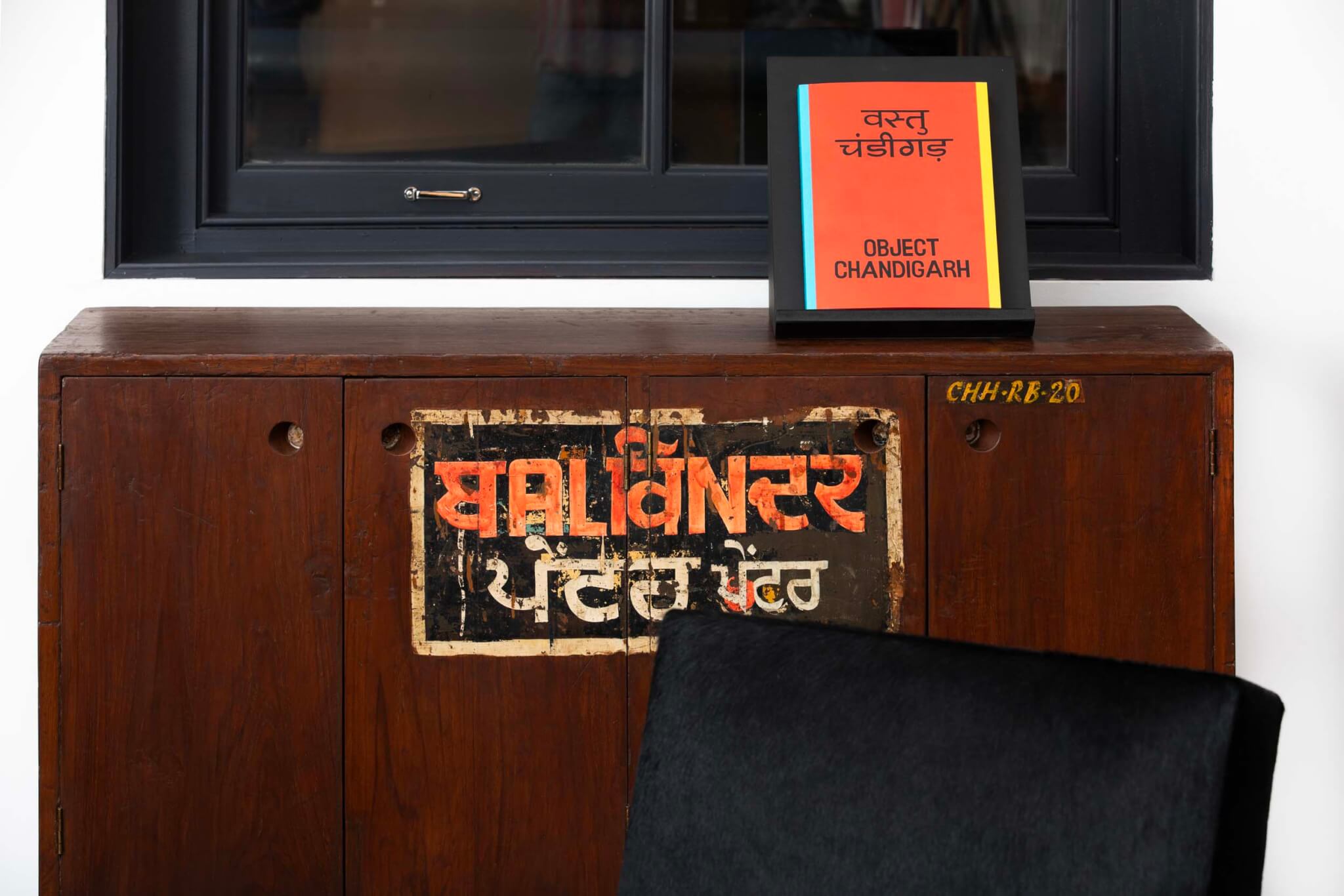
The exhibition brings together works in anthropomorphic clusters and showroom vignettes. The simple but effective scenography of Ellsworth Kelly-esque primary-colored panels in the gallery entrance foyer matches the design of the book and accompanying poster, which for many of us is the only object within reach. maybe. Prices for the stools start at $4,500. Considering that a new Barcelona chair costs over $8,000, the chair would probably be a better deal at about the same price or a little more. Additionally, used items are generally more sustainable than new items.
Representations in both galleries and books confirm that these objects are now considered collector’s items or museum items. For a more complete picture, you might want to track down filmmaker Amy Siegel’s 2013 work. history. This Art of His documentary explores Chandigarh’s burgeoning secondary market for cast objects in a series of long tracking shots set in reverse chronological order. Starting with the collector’s luxurious residence, then an auction house, a restoration workshop, a container ship, and finally the work’s natural habitat in a strange corner of Corbusier’s fantasy world. The film is a cinematic meditation on the values, traditions, and legacies of modernism and colonialism, providing a visual backdrop for: Object Chandigarh Missing. In a thoughtful twist, Siegel chose to make the 40-minute documentary in five parts, each of which was acquired by the likes of the Metropolitan Museum of Art and the Whitney Broadcasting System, making it more rare than its subject matter. Siegel went on to further meta-commentary and created companion works. lot 248some edition auction videos history, an art book compiled from reproduction pages of auction catalogs featuring Jeanneret’s Chandigarh furniture. On modern resale marketplaces, this volume fetches around $400.
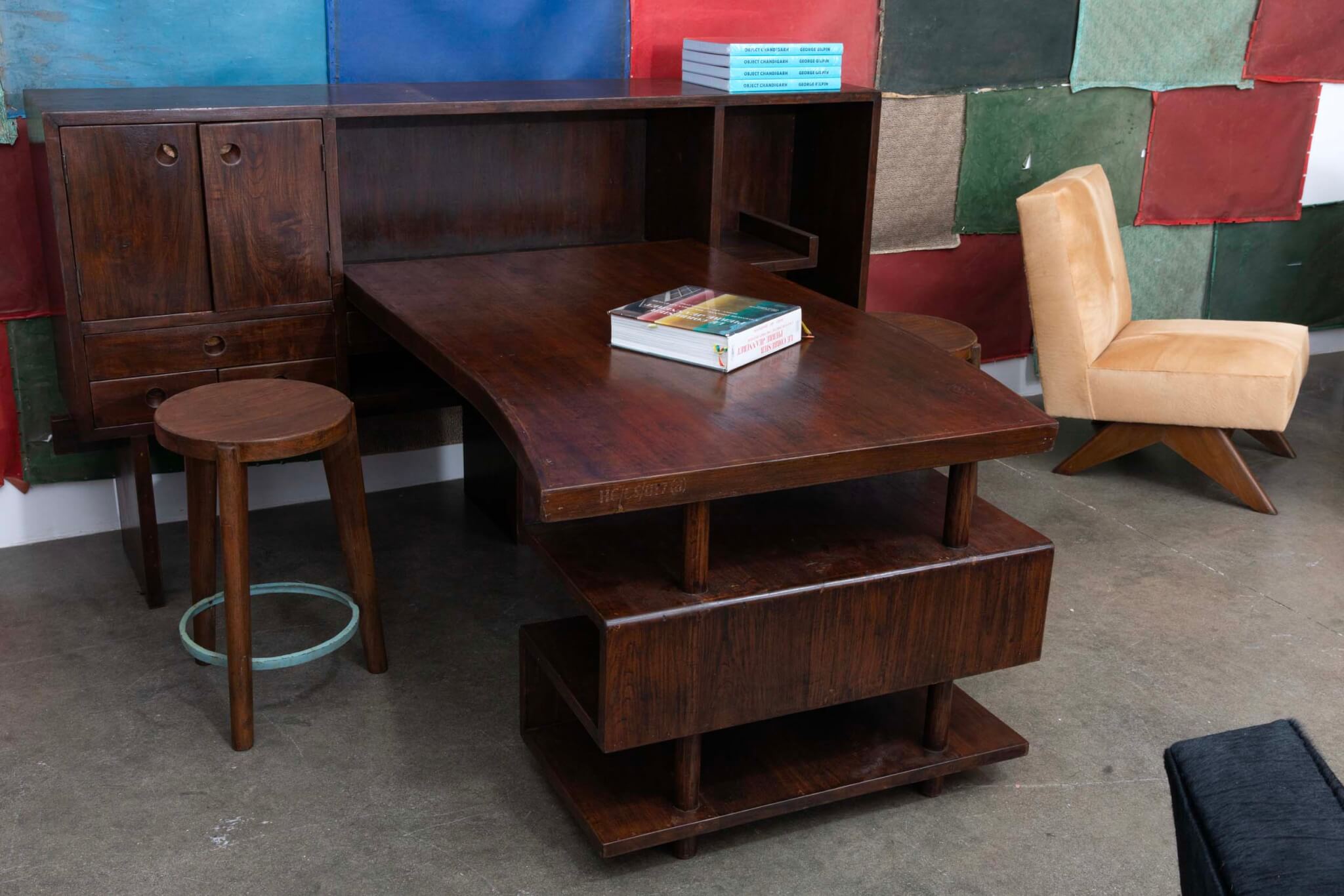
If Siegel’s institutional critique is a bit bland, Gilpin focuses on the work itself, offering the chance to own an authentic work by a legendary figure (Corbusier or Jeanneret, your choice). They may be concrete, but do these works really encapsulate the original spirit of Nehru’s utopian ambitions, or do Chandigarh now feature his 1st Dibs for design enthusiasts? It’s less clear whether it’s just a search term.
Following news of Parish’s relocation, Object Chandigarh It serves as a quiet swan song. Thankfully, a dedicated Instagram account complements the book and exhibition, featuring archival images and behind-the-scenes photos depicting the furniture in various states of use and disrepair. (Parrish’s own newly redesigned website also includes a catalog of past shows at Lispenard Street.) The digital format does not mean, as Nehru said, “unfettered by the traditions of the past.” However, it may be the most appropriate medium to preserve the project for posterity. Liquor.
Ray Hu is a design writer and researcher based in Brooklyn.
[ad_2]
Source link




